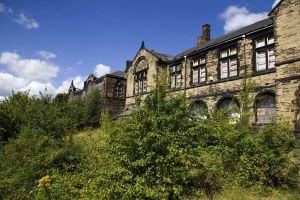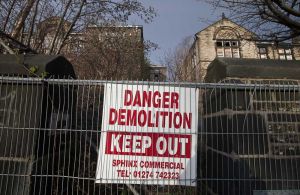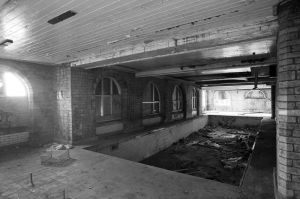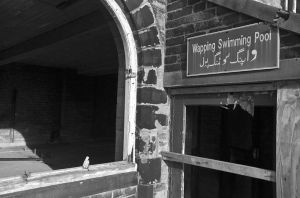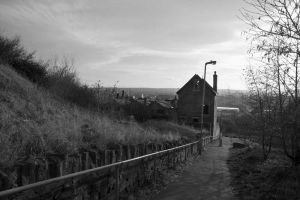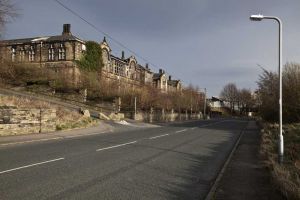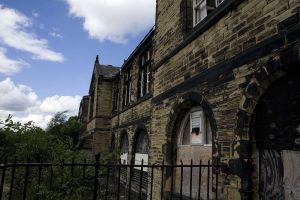Wapping Road School
Wapping Road Board School, built in 1877 under Bradford’s very own W.E. Forster’s Education Act of 1870. The schools distinguished 123-year history saw it play a leading role in the development of state education. In the last year of the 19th century the school created national and international headlines with the help of education campaigners Margaret and Rachel McMillan and their push to improve the lot of children in the state system. Their influence helped bring the countries first school swimming pool to Wapping Road School and nearby Green Lane School in 1899. Bradford was a grim place for the poor in the 19th Century, with extreme poverty common place. Children suffered in spite of the sacrifice by their parents. Also at this time, children were brought up from the London workhouses to work in the mills. This is how the area of Wapping in Bradford originally got its name. Dirt and disease was an eternal problem. Right up to the early part of the last century some children were sewn up for the winter wrapped in flannel which was then sewn into place and not removed until the warm weather came. Parents thought that this was necessary because there was not enough food to keep a child warm otherwise. Hunger was the main problem and the effect of hunger on a child’s education was a worry. At Wapping Road School in 1887 the headmaster Mr W.H. Sykes, saw several children keel over and faint during morning assembly. He sent out for bread, jam and tea and paid for it from his own pocket, unwittingly serving the worlds first free school meal Margaret and Rachel lived at 49, Hanover Square, off Manningham Lane towards the city centre end (1883 – 1902). A blue plaque marks the house and says All children are mine’Margaret McMillan was a champion of children.
